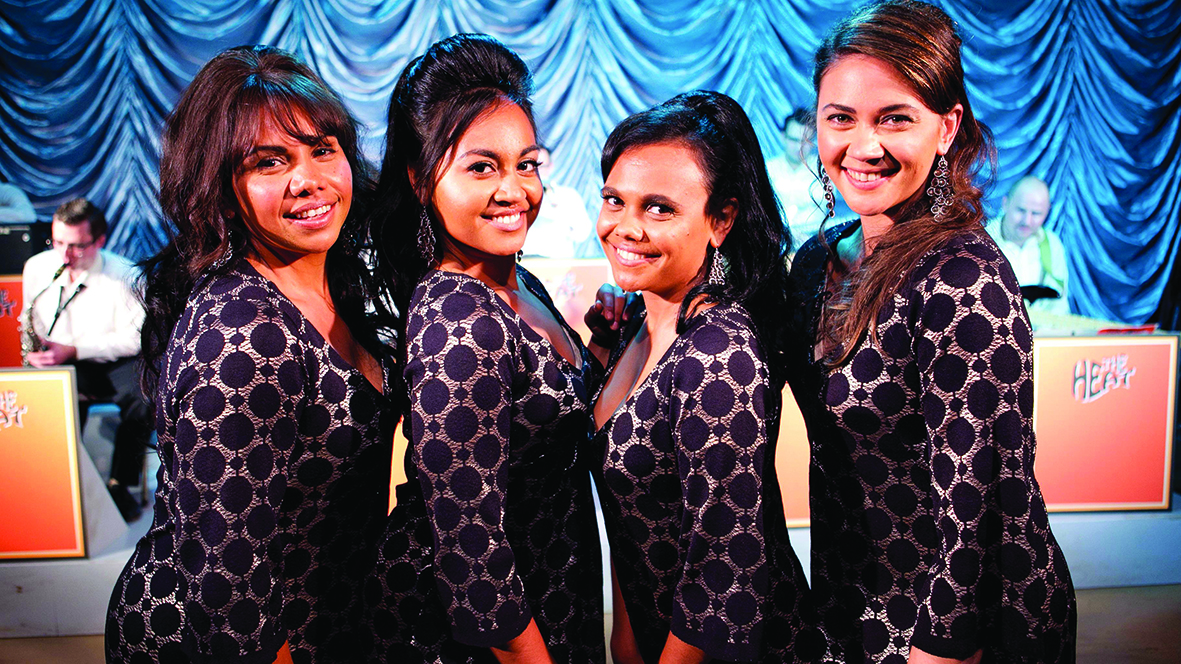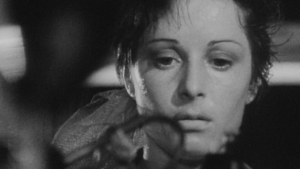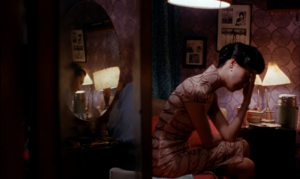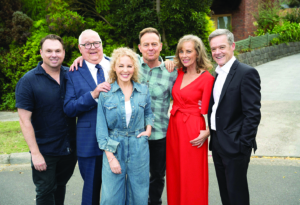Let’s say you’ve got a story idea and you want to apply for development funding from Screen Australia. You need some money to work on the script, develop the characters and produce some visual materials as proof of concept – all those early and essential steps in the creative process. If you’re young or just starting out in the industry, you’ll likely feel that almost-obnoxious levels of self-confidence and determination are needed to even put in a Screen Australia application. Just reading the pages of eligibility criteria, let alone doing the paperwork, requires tertiary-level skills. For those trying to create in a fast-paced visual medium, this has been an unwieldy, wordy barrier to entry.
The other towering brick wall facing newcomers has been the requirement for applicants to have previous screen credits, prestigious awards and other runs on the board, as well as experienced producers attached in order to be eligible. This brought to mind the well-worn biblical wisdom applicable to so many grant procedures in both the arts and sciences: ‘To those who have, more will be given; to those who have not, what they have will be taken away.’
To address such inequitable requirements and send a clear message inviting fresh talent to splash around in the development funding pool, Screen Australia has overhauled its drama development funding guidelines. ‘Drama’ here refers to fictional stories of any genre (including comedy, action and thriller) for film, TV and online platforms. From 1 July this year, the existing A$3 million annual drama development fund has been split across two program strands: the Premium Fund, for higher-budget projects with more experienced applicants who have demonstrated commercial success; and the Generate Fund, specifically targeting new entrants, lower budgets and riskier ideas. This latter fund will have no eligibility requirements at all, though applicants will need to be competitive with regard to Screen Australia criteria, and the agency will adopt a more hands-on management approach for these projects.
Both funds will now have a simpler, faster application process, with the initial stage involving a mere one-page synopsis as well as a three-minute pitch to camera describing the story, intended audience and how the film will reach them. As Screen Australia CEO Graeme Mason said in the agency’s press release, this overhaul signifies ‘a seismic shift for early career creators – doing away with barriers based on eligibility credits, distribution platform, when funding is available and even administrative barriers in the application process itself’.
Another ‘seismic shift’ – though one not telegraphed too boldly in the press release – is the expansion of ‘drama’ beyond just film. In a firsthand interview, Screen Australia senior development executive Nerida Moore tells me:
Rapid technology change has up-ended where and how people consume content. It’s particularly obvious with streaming and subscription services producing big-budget, premium-event dramas and the popularity of ad-supported platforms like YouTube and Facebook. It’s undeniable that our existing development guidelines favour film – in 2016/17, A$1.5 million went to film development, whereas high-end television only got A$80,000, and online, A$160,000. We need to be developing compelling Australian stories that have a pathway to the audience, on the best platform for that story – and that’s why we have proposed these new guidelines.
Moreover, Screen Australia’s eligibility criteria have always posed problems not just for newcomers, but also women and other under-represented groups. As Moore identifies, initiatives like Wildcard Pitch, Hot Shots Plus and Gender Matters: Brilliant Stories Fund ‘were ways of navigating around our own guidelines, in recognition that we knew they were favouring certain platforms and ignoring a whole bunch of early career creatives who didn’t meet eligibility requirements’. Now, however, there’s hope that the Generate Fund ‘takes away the need for these programs, as there [are] virtually no eligibility barriers – all you need is a great idea, proof there is an audience for it and, of course, a killer application’. (No changes are proposed to Screen Australia’s Indigenous and documentary departments, both of which provide development funds separately, with their own eligibility requirements.)
And so to the big questions: Will these changes lead to an opening of the floodgates – a horde of hungry, inexperienced storytellers storming the barriers? Will Screen Australia be overwhelmed with requests for funding? Quite possibly, acknowledges Moore:
[W]e expect the volume of applications will increase, and we will undoubtedly begin saying ‘no’ more often. We have staffed our program operations and assessor pool as best we can, based on our estimated volumes, but it’s going to be something we need to monitor and adjust as we go. Screen Australia has always funded based on merit, so there is no concern [that] low-quality applications will suddenly be able to access funding under these new guidelines – it will actually be the opposite, because competition will increase.
Whether this overhaul changes anything in the long run remains to be seen. As with any small creative industry, who you know and what you’ve already made will continue to play a major part in securing funding, as it always has done. But the message here is to have a go. New voices and new visions are invited to the party, so don’t be put off by the paperwork.





